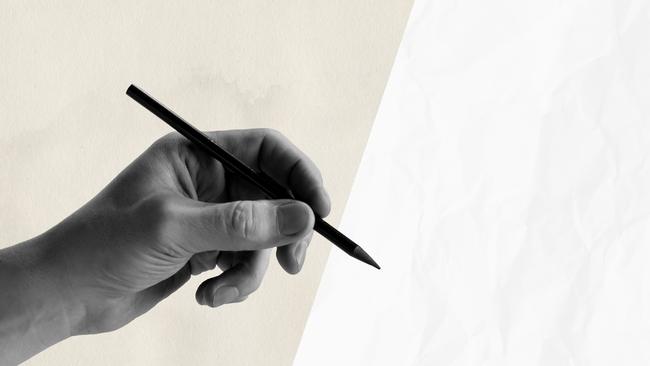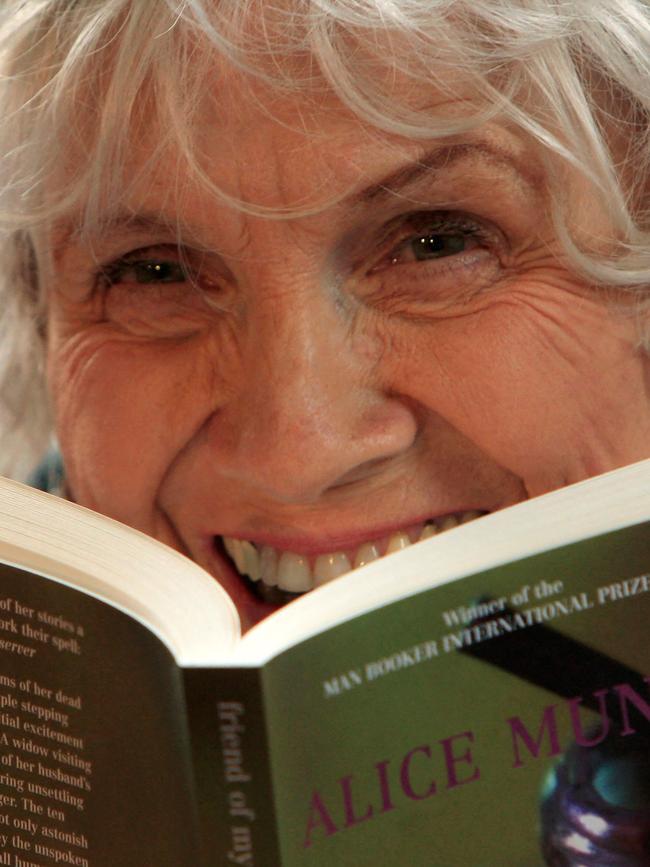Where have all the male writers gone?
What percentage of writers working in Australia today are female? Go on, give it your best guess. Plus, a fond farewell to Alice Munro, in today’s books column.

What percentage of writers working in Australia today are female? Go on, give it your best guess.
Fifty per cent?
Sixty?
Try eighty-three per cent.
That’s the figure given by Creative Australia, which is the name of the federal government body that last year replaced the Australia Council.
It comes from a new report, released on May 8, titled Artists as Workers: An economic study of professional artists in Australia.
With all due respect, the authors, David Throsby and Katya Petetskaya, appear to have missed the lede, as we say in journalism.
The report shows that it “is now harder than ever for professional artists to make a living” but it also shows that it’s almost impossible in Australia to be both male and a writer.
The graphs – this being a government report, there are oh so many graphs – show that the number of writers in Australia has steadily risen over time, from about 3200 in 1986–87 to 8800 in 2021–22.
The number of those who are men?
Just 17 per cent.
In raw figures, there are a touch over 7000 women working as writers in Australia today, compared with just 1496 men.
With a figure like that, you could almost call the male writers extinct.
Astonishing, no?
The report says the percentage of writers who are female has increased dramatically as the years have gone by, up from 45 per cent in 1988 to 83 per cent in 2023.
The percentage of male writers is dropping.
Now, we know that there is always a lot of talk in the arts about “diversity and inclusion” in Australia – but you won’t hear anyone saying, “oh, we need to encourage more men to write books”.
It isn’t only literature in which it’s getting harder to find men working in the arts.
The report makes it clear that “women now outnumber men roughly two to one across almost all artistic occupations”.
Of course, there’s still a pay gap (women in all categories earn less than men) and nobody has any money, but you are more likely to get a grant from the government if you are female.
It’s all very interesting, isn’t it?
Also a little bit funny.
A colleague joked: most writers are poor. Of course they’re female! Heh.
■ ■ ■
Speaking of poverty, here’s your chance to get out of it.
The State Library of NSW this week launched a $50,000 creative writing fellowship, with thanks given to an anonymous benefactor. How good is that?
The $50,000 Imago Creative Writing Fellowship aims to support an emerging writer to produce a nonfiction or fiction work of any genre. “I was eager to support a literary project judged on its creativity as well as its importance to our cultural life,” the benefactor said.
The library has also launched a $10,000 Summer Scholars Program, which is part of a suite of fellowships on offer.
They include:
• Imago Creative Writing Fellowship ($50,000)
• Australian Religious History Fellowship ($20,000)
• Dr AM Hertzberg AO Fellowship ($25,000)
• CH Currey Fellowship ($20,000)
• Nancy Keesing AM Fellowship ($25,000)
• David Scott Mitchell Memorial Fellowship ($12,000)
• Merewether Fellowship ($12,000)
• Ross Steele Fellowship AM ($12,000)
• Summer Scholar, 10 positions ($1000)
• Visiting Scholar (unfunded)
Applications close at 5pm on Friday July 12,
For more information, and to apply, visit www.sl.nsw.gov.au/fellowships
■ ■ ■

Alice Munro died this week. She was 92 years old. She received the Nobel Prize for Literature in 2013 for her command of the short story. Many of Munro’s stories were about the longing of women to run their own races, and live their own lives. A personal favourite is The Children Stay, the agony of which can be found in the title. Pauline wants to leave her marriage. When we meet her, she’s about to embark upon a passionate affair. She thinks she’s in love but actually she just wants to escape. Her husband is going to let her go, but “the children stay”. That’s the price she’ll have to pay, not to be with her lover – the affair won’t last – but to live a different life. The Children Stay appeared in the New Yorker in 1997. It was written from the point of view of Pauline, 30 years after she made her choice. It’s sublime. Munro was the master. Vale.
■ ■ ■
Some brilliant content in today’s pages, including some gender, some privilege, a reworking of an old classic, and how hard is it to be both black and conservative? As always, your feedback is welcome at overingtonc@theaustralian.com.au







To join the conversation, please log in. Don't have an account? Register
Join the conversation, you are commenting as Logout